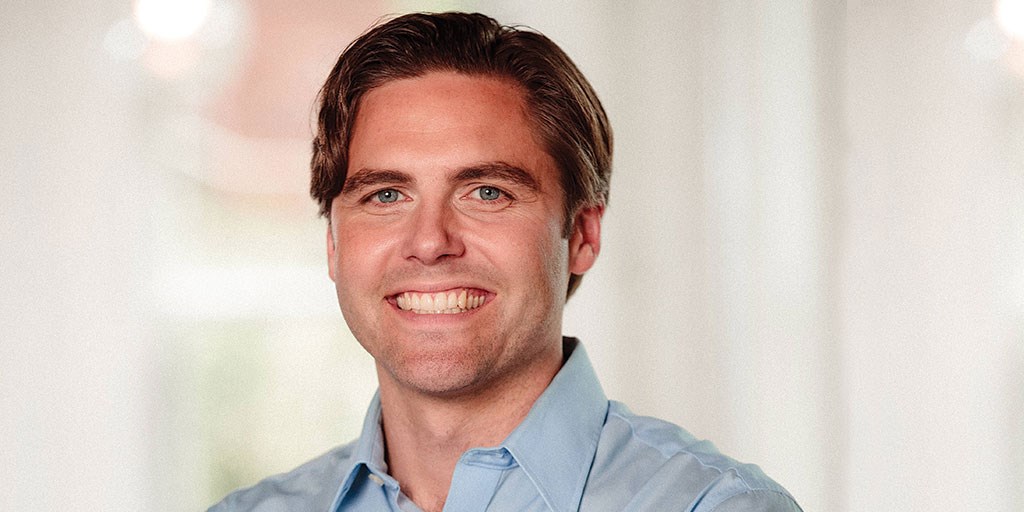The image of most tech startups is high-fliers operating at breakneck speed. But Phil George has taken a methodical approach to building MentorcliQ, his now 7-year-old provider of mentoring software.
“To grow as a B2B software company, the trajectory is not usually a Facebook trajectory,” says George, the company’s CEO. “It’s a little bit more methodical in nature. You don’t just put a viral video out on YouTube and every Fortune 500 buys your product. That’s not usually how it works.”
George and his co-founder (and brother) Andy could be the poster boys for how to leverage startup accelerators like Rev1 Ventures to turn an idea into a sustainable business. They’ve worked with Rev1 in five different ways — tapping into everything from experts to office space to funding.
This week, George shares MentorcliQ’s growth story – which includes raising $5 million in capital and completing its first acquisition earlier this year — and offers his advice for other founders.
Know what you need — and when
MentorcliQ started working with Rev1 Ventures by leveraging its expert network and other services, which are either pro bono or steeply discounted.
“When we were a young company, that was a really nice way to access very high-quality attorneys or accountants,” George says.
Later, MentorcliQ moved into office space at Rev1. Over the course of two years, it grew to fill three suites before the company moved into its current headquarters. Rev1 also invested in MentorcliQ and connected the software provider with organizations to help it find prospective customers and employees.
To ensure his startup took advantage of every opportunity, George and his team did their research first and prepared an engagement plan for Rev1.
“We came to our first meeting and said, ‘OK, here’s what we would like,’” he says. “They were flipping through the pages and they said, ‘Oh my gosh, usually we sit down, and we inform the company about how we can help.’ That was a different approach, but we’ve had the benefit of getting access to many of the ways that they can add value to tech companies in the area.”
Organizations like Rev1 work with hundreds of startups from different industries. Even though they’ve put together comprehensive options, George says, it’s really up to the company to know what it needs and when.
“Because it’s all there for you, if you put together a comprehensive plan, you can make sure you take advantage of it at the right time,” says George, who completed MentorcliQ’s first acquisition in January when it bought TERP Associates.
“That’s something that we’ve had the pleasure to be a part of — to get a chance to share some of the experiences and lessons learned with younger companies.”
Get support along the way
George credits Columbus — and Rev1 — with bringing together a package of holistic services for startups. The path to growth takes more than a 10-week accelerator; that’s just the first step.
He says that’s one of the things that helped create success for Silicon Valley and Boulder, Colo., which is known for its technology startups, as well as other areas that were early to the accelerator concept.
“There was capital after you were done with the accelerator,” George says. “There were resources, there were mentors and there were a lot of other things in place.”
Columbus also has more B2B software companies than you might see on the coasts, which skew toward consumers, he says. These B2B startups can take advantage of the many corporations headquartered in the Midwest.
Talk to your customers
Patience isn’t the only thing George counsels. The advice that never gets old — and probably why Steve Blank and others have written a lot about it — is the importance of getting out of the building and talking with customers.
People are inherently reluctant to do this because of their pride and insecurity, he says.
“When you’re creating something from scratch, there’s an insecurity about what people are really going to think of it. So, there’s a desire to say, ‘I’m going to make it a little bit better before I show somebody.’”
It can be a vicious cycle where founders, who tend to be driven toward excellence, keep thinking they aren’t ready yet, he says. But they need to show people their vision — even if it’s just to see if anybody cares.
“The sooner you realize what you’re wrong about and what you’re right about, the faster you can iterate on that process, and the better off you’re going to be as a company,” says George. “That’s probably the most typical mistake. It’s easy to say, ‘Get of the building and just go talk to customers.’ It’s harder to do in reality.”




